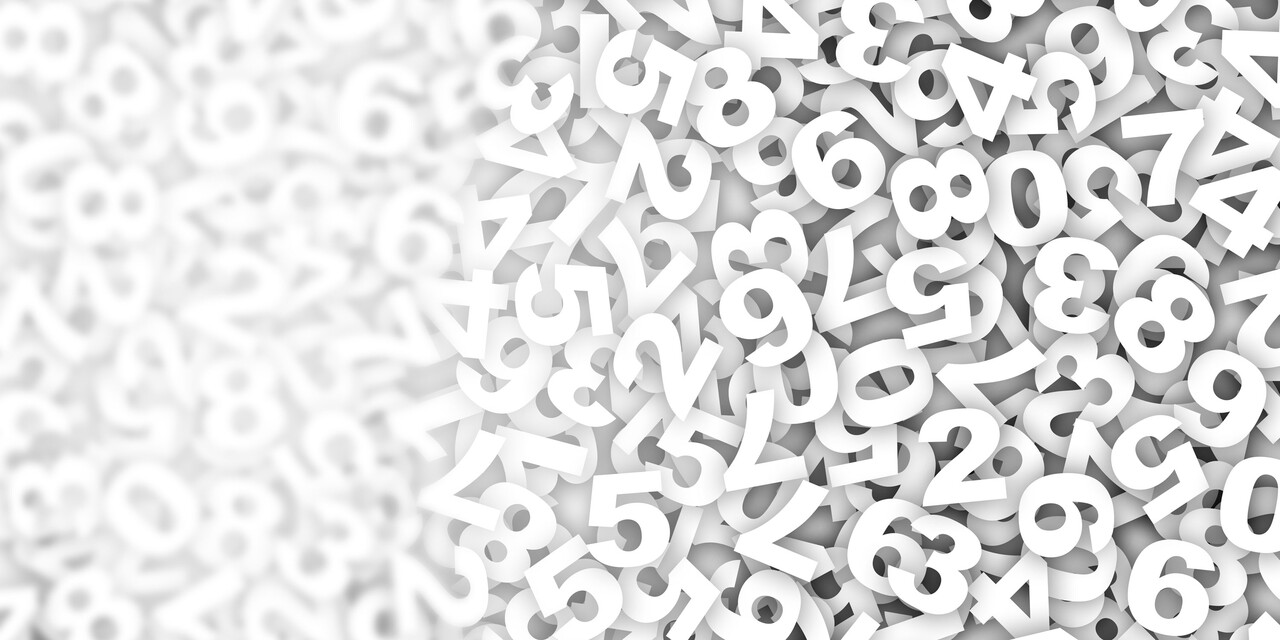
UK tariff: How to classify products – and an outlook to HS 2022
No import or export without commodity code – it is needed in every customs declaration. Find out more about the UK tariff and the upcoming changes with HS 2022.

No import or export without commodity code – it is needed in every customs declaration. Find out more about the UK tariff and the upcoming changes with HS 2022.
Commodity codes identify products or groups of products in international commerce. Customs authorities use these numbers to determine the duties and taxes for specific goods. But even though the commodity code builds upon the international Harmonized System (HS), only the first six digits are applied worldwide. Product-specific decisions are particular to each country.
The Harmonized System has six general interpretative rules that must be analyzed in strict order and comprise of the following:
When you classify your products within the UK tariff, you will also find out about duties, VAT rates, licences and potential duty reliefs and quotas. You can ask HMRC to give you a legally binding decision on your goods, this is often referred to as a BTI (Binding Tariff Information). You may want to consider this if
If you want to check first if a decision has already been made on goods that are similar to yours, you can search for previous rulings:
Advance Tariff Rulings for Great Britain (England, Wales and Scotland)
European Binding Tariff Information decisions for Northern Ireland
When asking for a legally binding decision, you must know that it is binding for the next three years (general validation). But it can take up to 120 days to be processed.
When you receive a ruling decision, you must declare the Advance Tariff Ruling reference in Box 44. For further questions you can also contact trffclssfctnhmrcgvk.
Apply for an Advance Tariff Ruling for Great Britain
Apply for a Binding Tariff Information decision for Northern Ireland
Product Classification is a reliable, intuitive tool for finding just the right import and export commodity code and export control number – in a process that can be manual, automated, or customized to your precise needs.
HS 2022, which is the seventh edition of the Harmonized System (HS) nomenclature, has been accepted by all Contracting Parties to the Harmonized System Convention. It shall enter into force on January 1, 2022. The new HS 2022 edition makes some major changes to the Harmonized System with a total of 351 sets of amendments covering a wide range of goods moving across borders.
Adaption to current trade through the recognition of new product streams and addressing environmental and social issues of global concern are the major features of the HS 2022 amendments. Here are some examples:
The amendments will be effective from January 1, 2022.
WCO announcement about tariff changes
Overview of the changes – the accepted amendments to the HS (French/English)